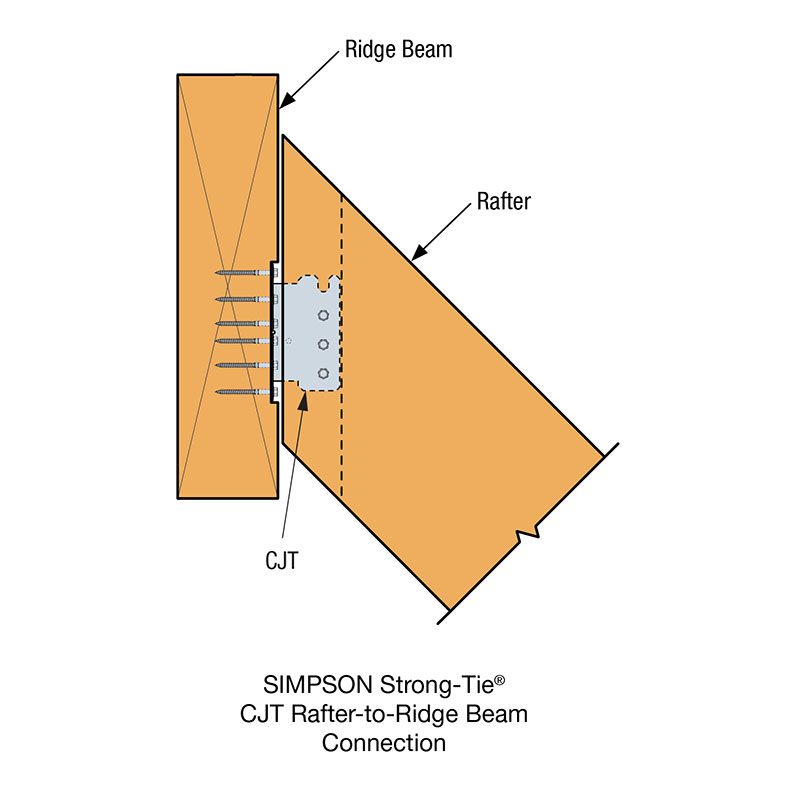
The other end of this first board is cut at 45° also, with the cut falling over a rafter tail so that the next piece can be securely nailed to it with an overlap. Start by making a square cut with a 45° miter to fit into the barge rafter. This is finish work, so make every cut as clean as possible.Īlso, try to use long, straight stock for the fascia, just as you did with the barge rafters. Saw teeth tend to pick up wood grain and leave the upside of a board a bit shattered. Try to cut all trim material from the back side. This guarantees that the barge will be long enough to receive the fascia, which is nailed horizontally to the rafter tails. The mark on the barge rafters is the short point of this cut. Barge rafters are often mitered at a 45° angle along their plumb cut to receive the fascia. If this is too scary for you, then cut the tails from below while standing on a stable surface, such as a ladder or scaffold. Use the rafter-cutting template you made earlier to mark the plumb cut on the rafter tails (see the photo below).Ī professional carpenter can walk the plate and cut off the rafter tails. Snap a chalkline across the rafters, including the barges, to connect the marks. and mark this point on the bottom edge of the rafters at both ends of the building (see the photo on the facing page). Measure straight out from the building on the gable-end rafters ЮУ2 in. thick), measure straight out from the building line The overhang can be easily measured out from the wall.


Before the fascia can be nailed in place, the rafter tails must be marked and cut to length.


 0 kommentar(er)
0 kommentar(er)
